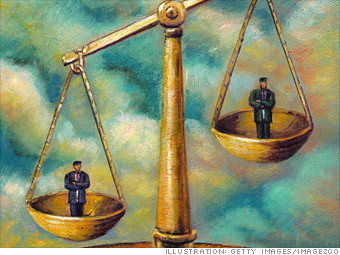Academically bright children coming from low-income backgrounds choose to not apply to top universities simply because they are worried about “not fitting in” (Hochschild, 2003). A focus on historical and social factors reveals that the experiences of the middle class and the upper-middle class are depicted as the “norm”. Experiences of the working-class and ones with low-income livelihoods are rarely shown, which raises the question about the representation and discussion around class structures. Are Indian classrooms addressing the issues surrounding these representative biases? Are Indian educators equipped or striving to address these class inequalities? Little to no attention is paid to these issues in the classroom.
Several factors like the language that educators use in classrooms may reinforce these class structures. Microaggressive statements in the form of ‘advice/ warnings’ have been particularly common in middle school and high school. For instance, “You will end up working at a fast-food restaurant for the rest of your life if you don't study and work hard” is something many students hear. Demeaning statements like these undermine the job of the fast food restaurant workers and their jobs are seen as “undesirable”. More importantly, the responsibility for having inadequate education and working at restaurants (or having low-income jobs as a consequence) is placed upon the individual instead of the structural inaccessibility that has led them into low paying jobs. Furthermore, this becomes an instance of exclusion via teacher-dialogue for children who come from families with parents/ relatives working at restaurants.
The reinforcement of these oppressive structures is multi-faceted and cyclic. Educational institutions that focus on the “ability” of a particular student, reward only those who showcase this “ability”. Economically well-off children are able to afford extra coaching for everything- from language development to skill development. Teachers in school end up favoring these children more, selecting them for prestigious activities while ignoring others who don't share the same privilege. Class impacts the educational system in a myriad of ways, one of which is through teacher perception. When educational institutions, administrators, or teachers’ beliefs and expectations separate the poor, middle class, and rich into distinct groups of capable and incapable, social injustice occurs. Amidst the Pandemic and the increasing reliance on phones and laptops, little or no consideration is given to students who can't access either phones or the internet. Here as well, the structures have put the students at a disadvantage.
Our educational curriculum too does not facilitate discussion around social injustice, class inequality, and the structures that perpetuate it. Education, as a system, has been the gateway for controlling access to opportunity and knowledge. The power structures embedded within teaching strategies, classroom discipline, and student opportunities are important to address.
The Way Forward
Educators should be celebrating differences and showing respect for all students. Educators must be knowledgeable of the cultures in which students live. (Cuthrell, Stapleton, & Ledford, 2010, p. 107). It is suggested that instead of open-ended classist comments teachers can use non-classist language and engage students in dialogue about socioeconomic class and its impact on students. Students can benefit from the study of income inequality and analyze factors that affect one’s ability to access better education and high-income jobs. They can be made critical of the existing structures that create invisible barriers and can be encouraged to think of ways to change them to make not just education, but educational institutions more accessible in every way.
